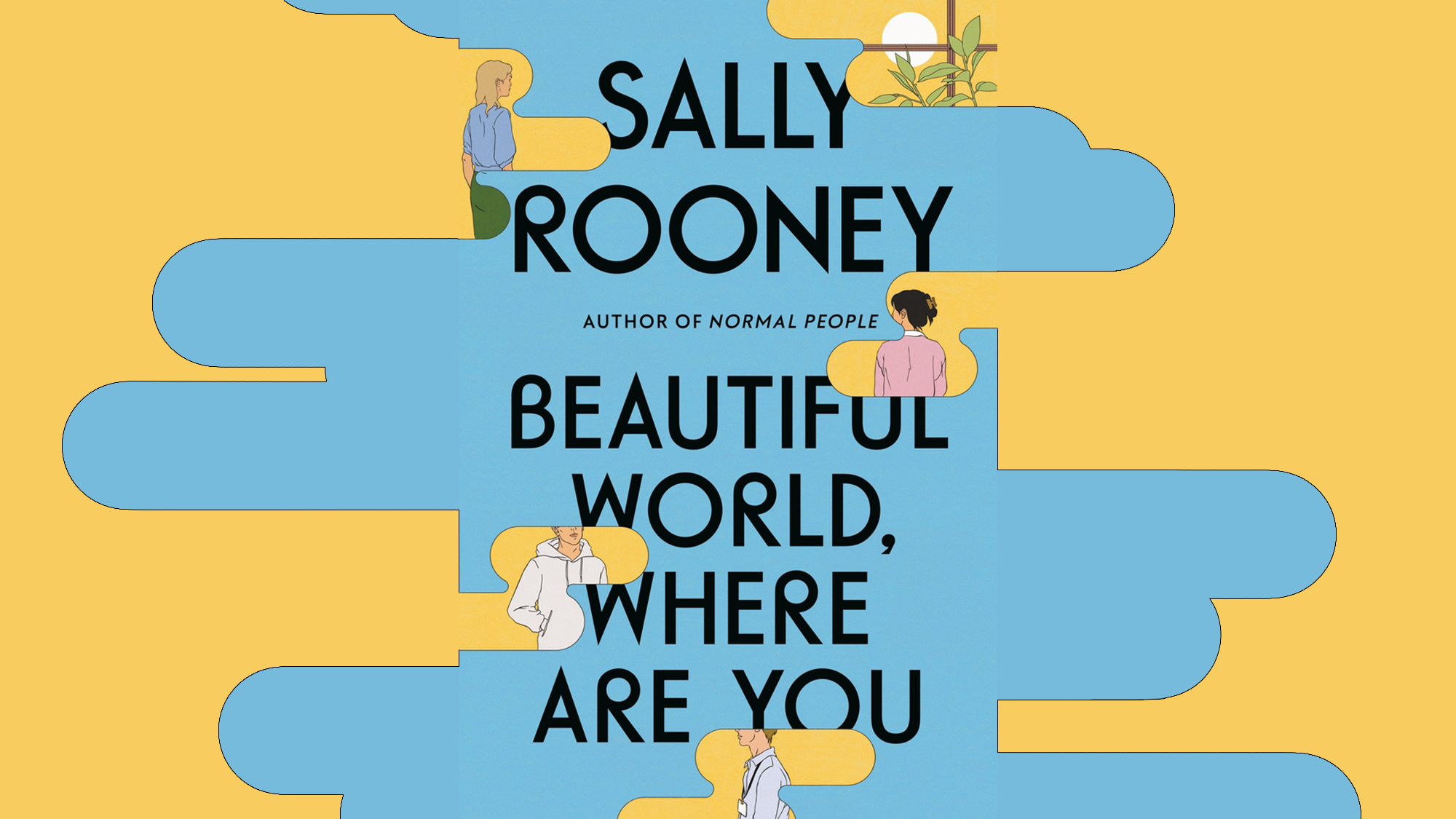Beautiful World, Where Are You is Sally Rooney’s best novel yet
Rooney treads familiar ground in her third novel, but her writing—like her characters—has matured
Books Reviews Sally Rooney
We’ll just say it up top: The sex is better. Though much of Sally Rooney’s new novel treads similar ground as her previous two—millennial Irish couples commingling, consummating, and cleaving in a post-capitalist world—the sex scenes in Beautiful World, Where Are You feel different. They’re more fully-fleshed-out, caringly crafted, reined in and doled out in equal measure.
Here, there’s no aspirational, cross-generational, surreptitious French-villa sex, as in Rooney’s debut, Conversations With Friends. None of the cross-class, will-they-won’t-they, oh-why-can’t-they-just-get-on-with-it romps that grounded her second novel, Normal People. And certainly none of the I-could-watch-two-more-seasons-of-these-two-get-naked stirrings felt by many viewers of the steamy, sexed-up Hulu/BBC adaptation of the latter.
Though there’s still plenty of time spent between the sheets for starving Rooneyites, the sex in Beautiful World, Where Are You all feels tame by comparison. This is a story of two couples—normal people having normal sex. Sex that is occasionally sad, often painful, and frequently tender. The novel touches upon the all and everything romantic relationships allow—“jealousies, the years of looks, suppressed smiles, [the] dictionary of little touches,” Rooney writes. “All the stories,” that couples tell “about each other, about themselves.”
But Rooney’s books have only ever half been about sex. Friendship is key—the tense bond of partners-turned-besties Frances and Bobby in the first novel, the revolving door of Marianne and Connell’s connection. At the center of Beautiful World, Where Are You is the long and loving friendship between Eileen, a literary magazine editor living in Dublin, and Alice, a successful, meta-Rooney novelist who, like the author, lives in a rural community on the opposite shores of Ireland.
As the novel chronicles the friends’ romantic struggles, alternating chapters present their lengthy email correspondence on a wide range of subjects, including mental health, partnership, and whether to have children. “As a teenager,” Eileen writes, “I thought I would rather die than have babies, and then in my twenties I vaguely assumed it was something that would just happen to me eventually, and now that I’m about to turn thirty, I’m starting to think: well?” They debate religion (“I think if I believed in God, I wouldn’t want to prostrate myself before him and ask for forgiveness. I would just want to thank him every day, for everything.”) and plastics (“My theory is that human beings lost the instinct for beauty in 1976, when plastics became the most widespread material in existence.”).
Critics who found the avowedly Marxist-leaning Rooney’s novels less than communistic, might be pleased to find she tackles the subject here with humorous candor: “When I first started going around talking about Marxism, people laughed at me. Now it’s everyone’s thing. And to all these new people trying to make communism cool, I would just like to say, welcome aboard, comrades.”
Though Alice is more outwardly Rooneyesque, Eileen gets the best lines, and together these conversations between friends seemingly showcase everything Sally Rooney thinks, dreams, and breathes. “In my deepest essence,” Alice writes, “I am just an artefact of our culture, just a little bubble winking at the brim of our civilisation. And when it’s gone, I’ll be gone. Not that I think I mind.”
Eileen, Alice, and their boyfriends, Simon and Felix, eventually meet for a weekend rendezvous at Alice’s home, where the quartet caroms in ways both inevitable and surprising. At book’s end, after the accusations and recriminations, the breakups, makeups, sex, and shattered glass, it’s evident that Rooney has written her strongest, truest book yet. And for those who have not read the earlier novels, Beautiful World, Where Are You is a lovely place to start.
It’s easy to dismiss the individual entries in Rooney’s triptych as far too similar, too slight commentaries on, as she writes, “the trivialities of sex and friendship.” But as Rooney grows, not only do her characters age—from their early 20s to their nearing 30s—so do her novels mature. Each book can be read as a response to the one before it, a reaction to herself, the world around her, and, quite possibly, her fans and critics. “In the midst of everything, the state of the world being what it is, humanity on the cusp of extinction, here I am writing another email about sex and friendship,” Alice contemplates, likely mirroring Rooney’s own questions about how and why to write a novel at world’s end. Their shared response, which ends that email, gets at the heart of life and art and being present on this planet, while perhaps explaining why Rooney’s novels have found such a wide audience. “What else is there to live for?” Alice signs off. “Love always.”
Author photo: Kalpesh Lathigra